We Fly: Epic E1000 AX
Flying Magazine
JULY 22, 2025
The deicing boots seem to mate so smoothly with the wings and tail that the only way to tell where that happens is that they are different colors. King noted that Epic focuses on stick-and-rudder skills to the point that the first time in the airplane the pilot uses absolutely none of the automation. Recurrent training is annual.


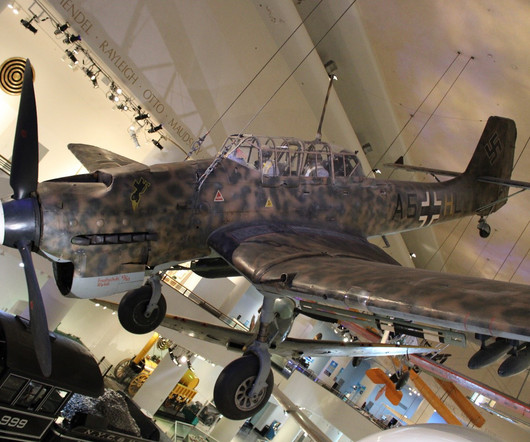
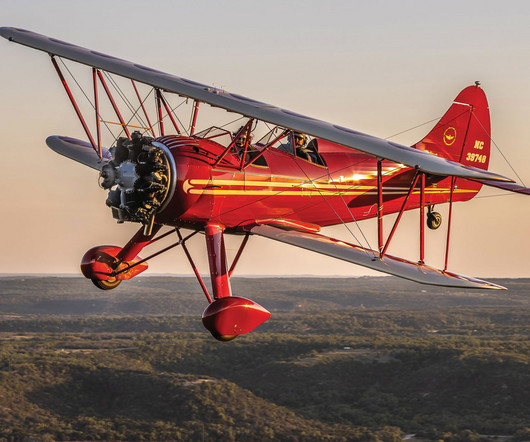
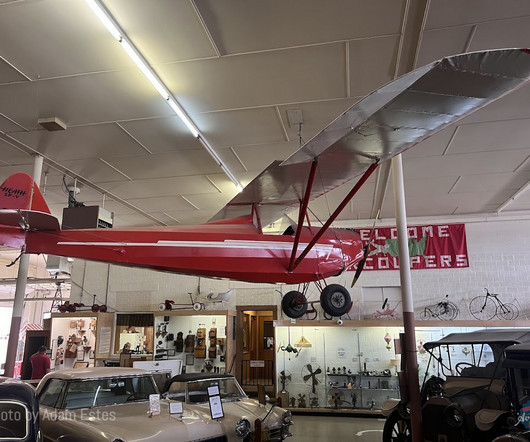
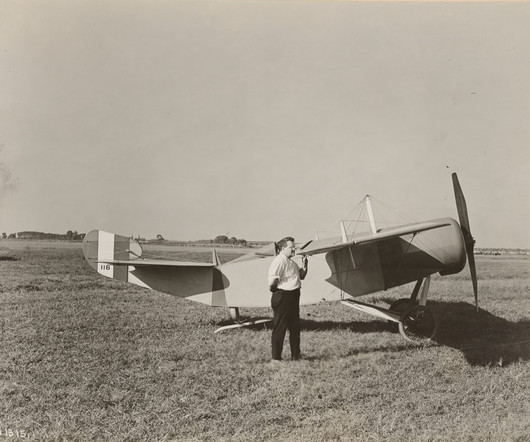

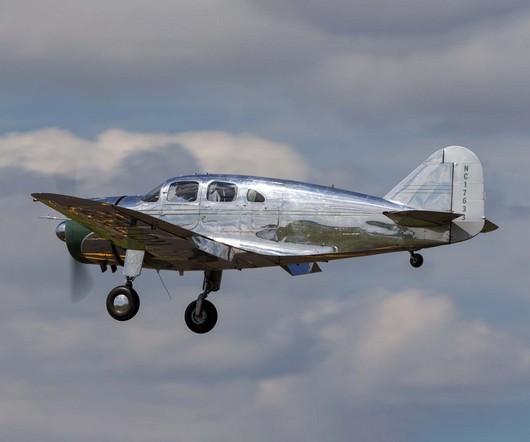
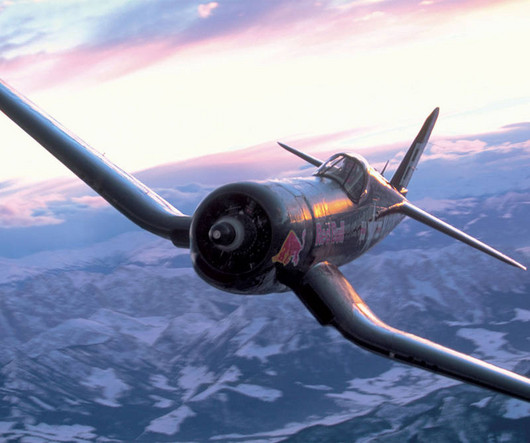

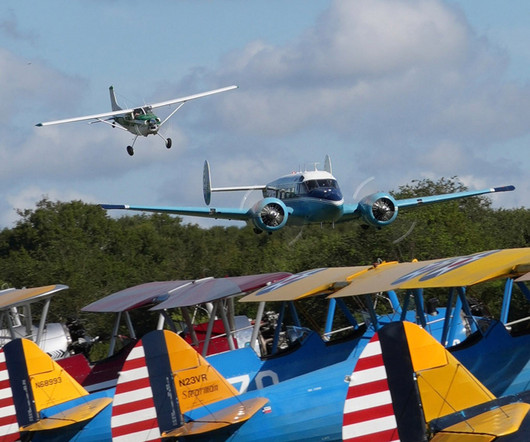
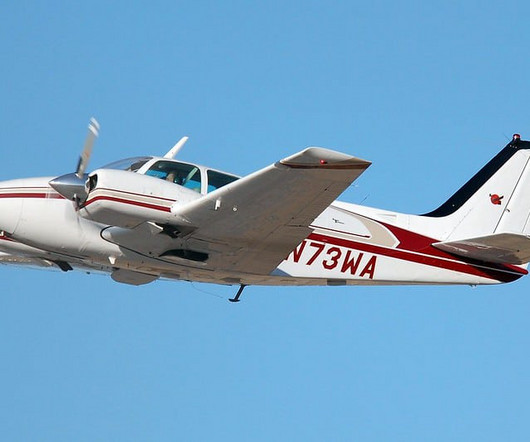








Let's personalize your content